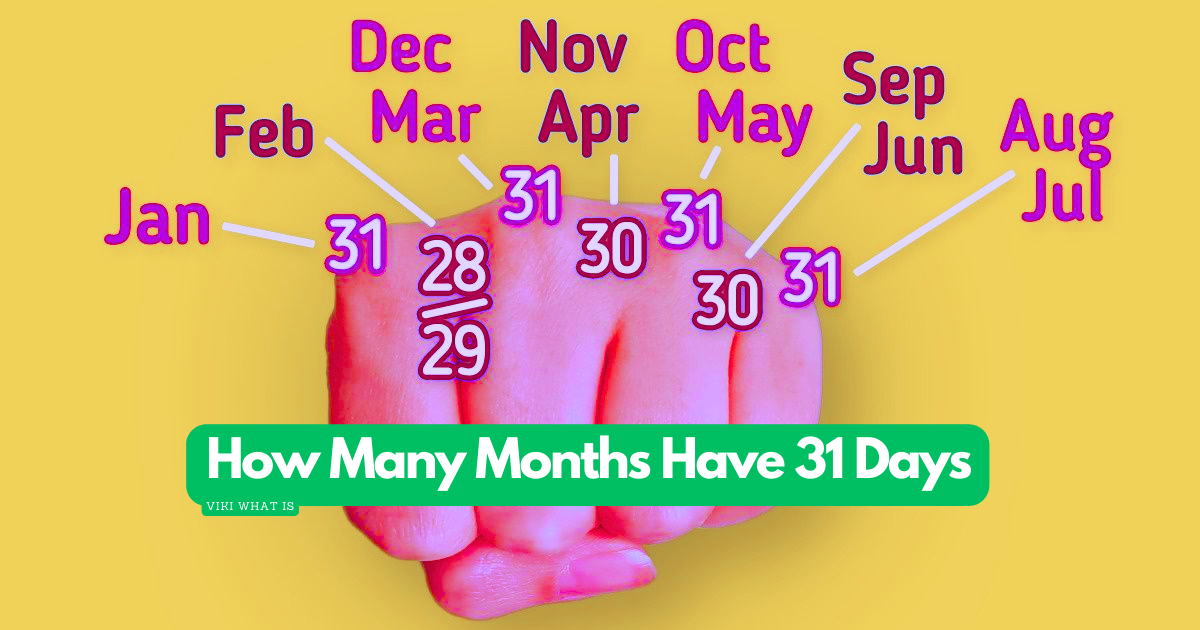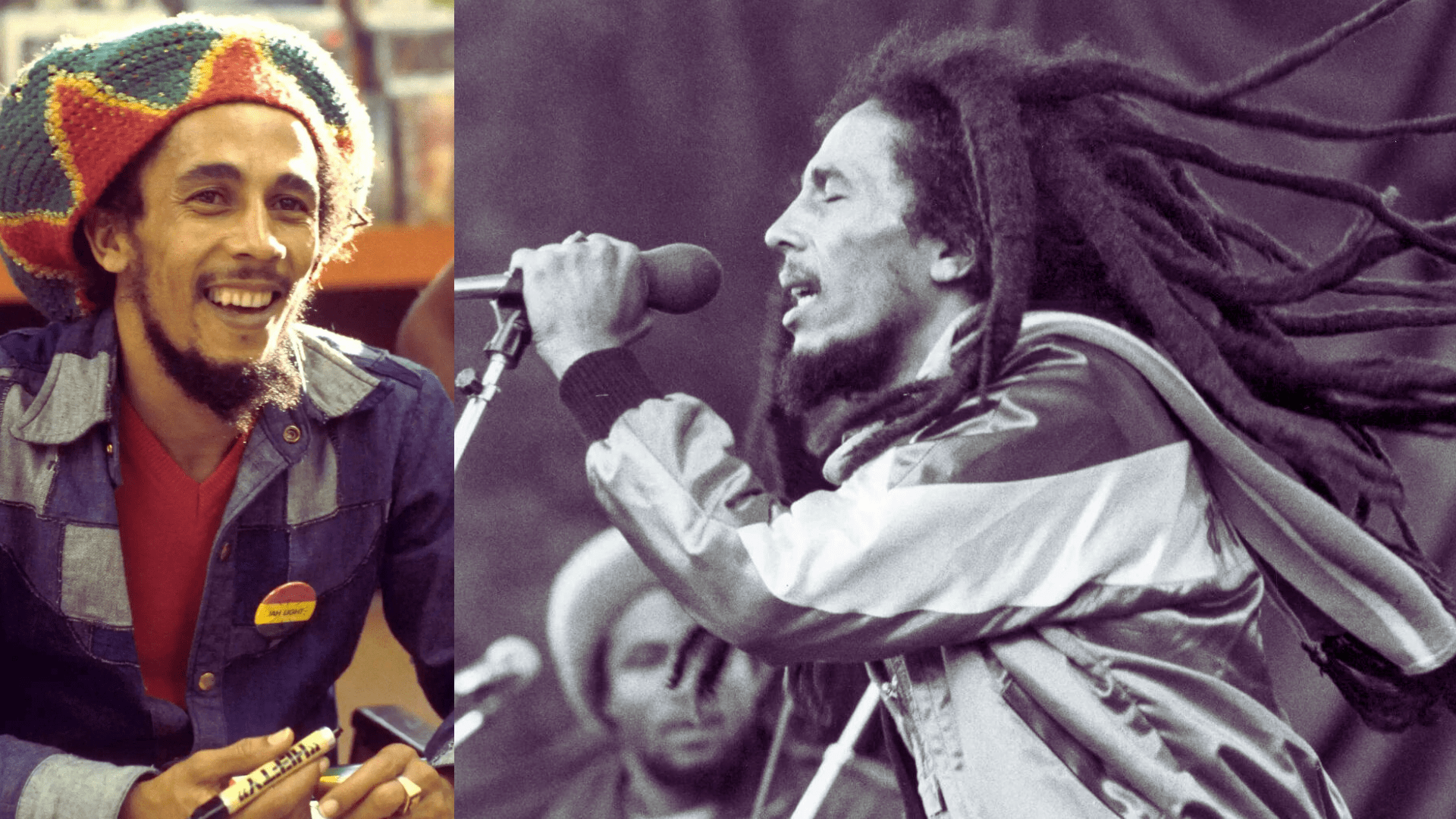Welcome to our deep dive into the intriguing world of calendars and timekeeping! Have you ever wondered why some months have 30 days while others have 31? In this article, we will unravel the calendar mystery surrounding the question: “How many months have 31 days?” Each of the 7 months of a year—January, March, May, July, August, October, and December—has 31 days.
The Basics of Our Calendar

Before diving into the specifics, it’s essential to grasp the basics of our calendar system. Most months have 30 or 31 days, totaling 12 months in a year. February, the shortest month, has 28 days, except during leap years when it has 29. This information forms the foundation upon which we can build our mnemonic to remember the months with 31 days.
Using Your Knuckles and Indents: A Foolproof Method
One popular and easy-to-remember technique is using your knuckles and indents on your hands. Here’s how it works:
- Start with your fist closed.
- Count the knuckles and indents of your fingers, excluding the thumb.
- Knuckle represents a month with 31 days.
- Indent represents a month with 30 days or less.
Now, let’s go through the months:
- January (Knuckle): January starts with a knuckle, indicating it has 31 days.
- February (Indent): February has 28 days, except during leap years when it has 29. It falls on an indent.
- March (Knuckle): March follows January, so it’s on a knuckle, signifying 31 days.
- April (Indent): April has 30 days, falling on an indent.
- May (Knuckle): May comes after April, on a knuckle, indicating 31 days.
- June (Indent): June has 30 days, falling on an indent.
- July (Knuckle): July comes after June, on a knuckle, signifying 31 days.
- August (Knuckle): August follows July, another knuckle month with 31 days.
- September (Indent): September has 30 days, falling on an indent.
- October (Knuckle): October comes after September, indicating 31 days with a knuckle.
- November (Indent): November has 30 days, falling on an indent.
- December (Knuckle): Lastly, December ends the year on a knuckle, representing 31 days.
Using this simple method, you can easily determine the number of days in each month without the need for rote memorization.
Conclusion
Remembering how many months have 31 days doesn’t have to be a daunting task. By employing the knuckle-and-indent technique, you can effortlessly recall the months in 31 days. This handy trick, rooted in the natural structure of your hand, ensures that you never have to second-guess yourself again.
Read also: How Many Seasons Are There? The Mysteries of Seasons
The varying number of days in different months is a result of historical and cultural influences on the calendar system.
The number of days in a month is primarily based on astronomical and lunar observations, with adjustments made over centuries to align the calendar with natural phenomena.
A leap year occurs every four years, adding an extra day to February, making it 29 days instead of the usual 28.
Yes, there are various mnemonics and tricks, but the knuckle-and-indent method is one of the simplest and most effective techniques.
The knuckle-and-indent method specifically applies to the Gregorian calendar, which is the most widely used calendar system globally.




